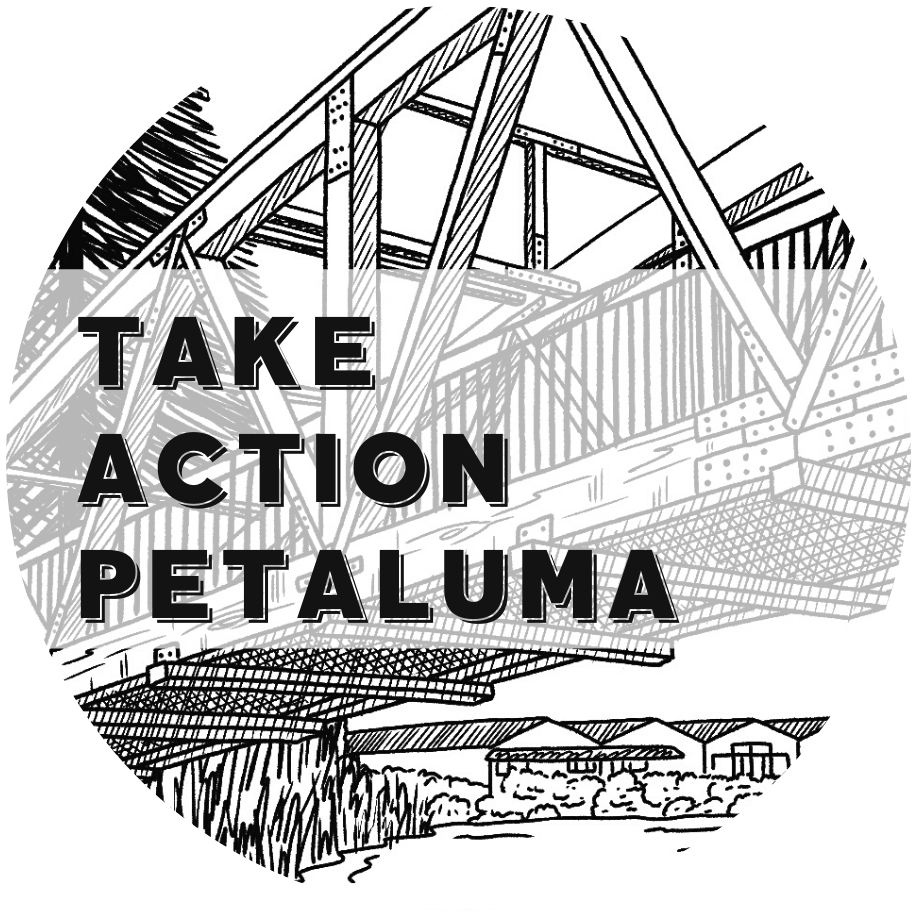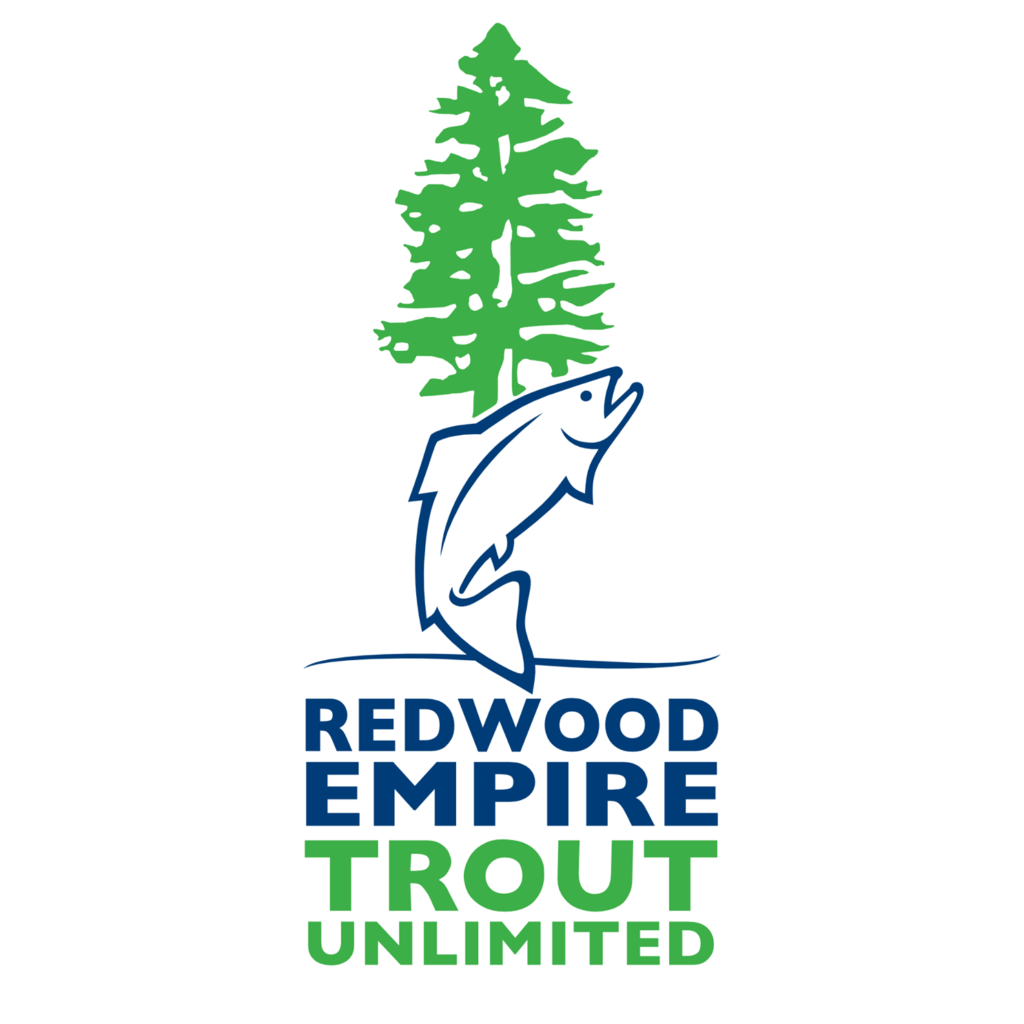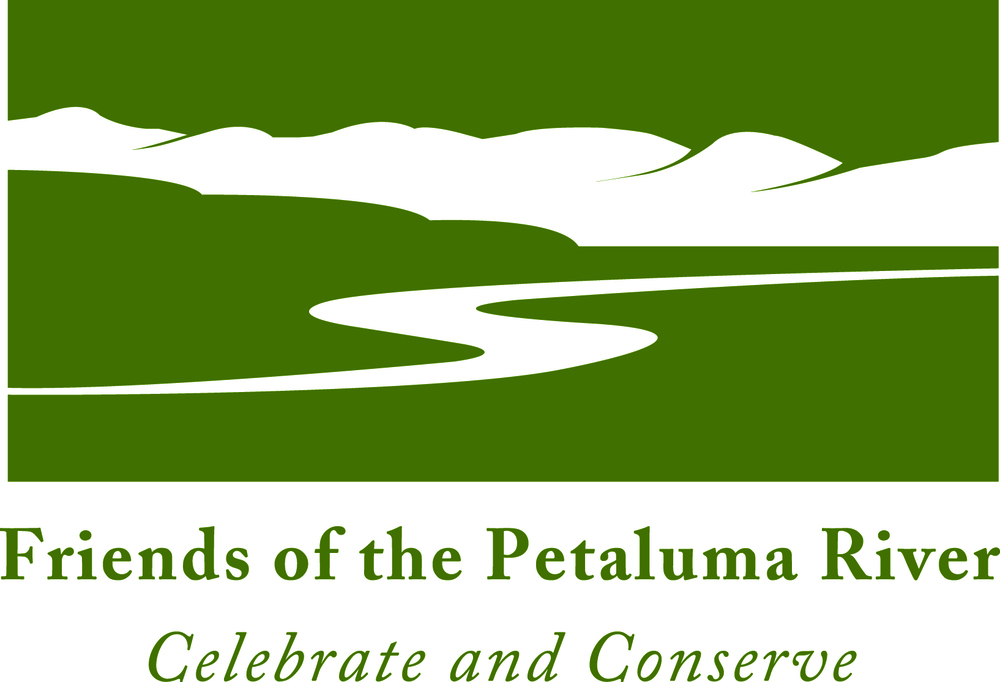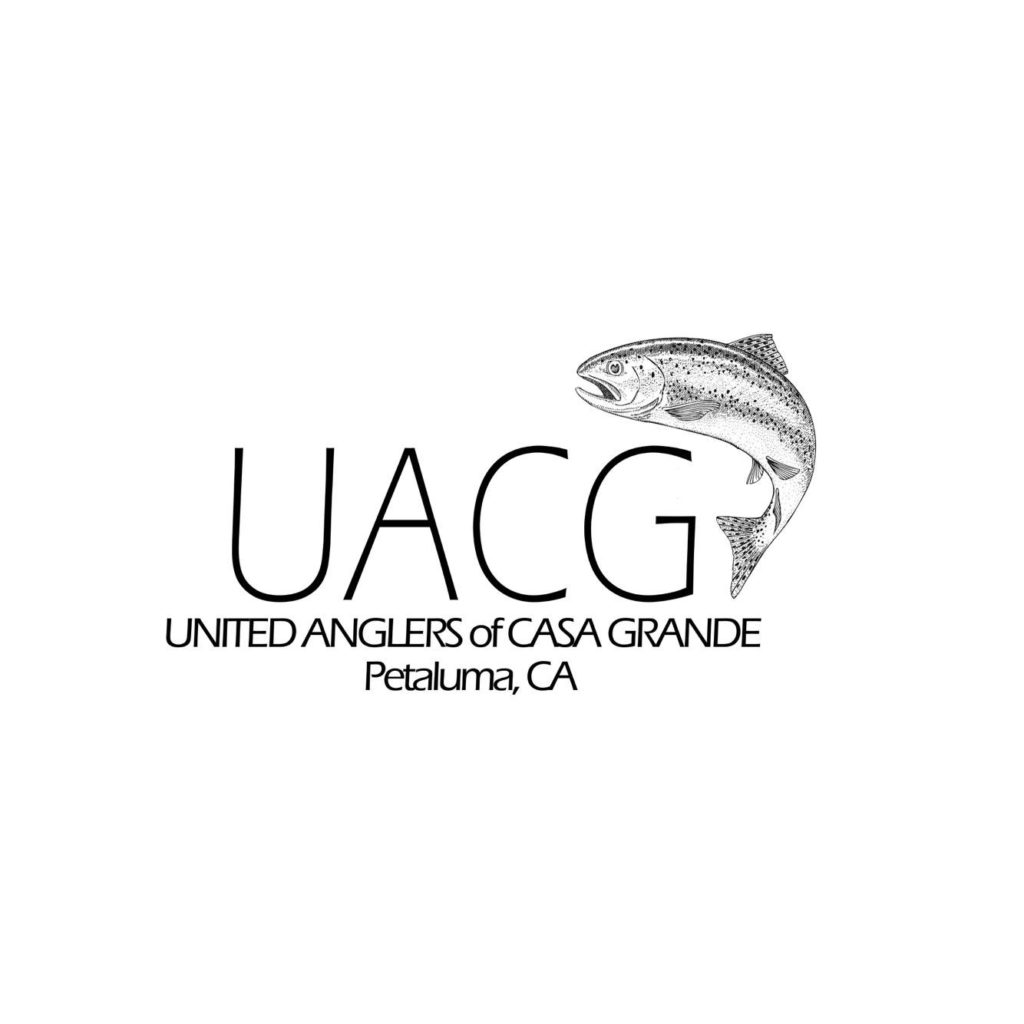
Wetlands are recognized as one of the Earth’s best defenses against air pollution and climate change.
As people around the world work to restore their natural wetlands, we have a chance to preserve ours.
What are Wetlands?
- Wetlands are areas where water covers the soil, or is present either at or near the surface of the soil all year or for varying periods of time during the year.
- Although wetlands are often wet, a wetland might not remain wet year-round. Some of the most important wetlands are only seasonally wet.
- Wetlands are the link between the land and the water. They are transition zones where the flow of water, the cycling of nutrients, and the energy of the sun meet to produce a unique ecosystem characterized by hydrology, soils, and vegetation—making these areas very important features of a watershed.
- Some of the benefits of a wetland includes protecting and improving water quality, providing fish and wildlife habitats, storing floodwaters and maintaining surface water flow during dry periods.
- See the EPA’s Wetland Factsheet Series for more information about wetlands.
Just ask Bill Nye the Science Guy!
Wetlands are among the most productive ecosystems in the world, comparable to rain forests and coral reefs.
“The nation behaves well if it treats the natural resources as assets which it must turn over to the next generation increased, and not impaired, in value.” —Theodore Roosevelt, 1907
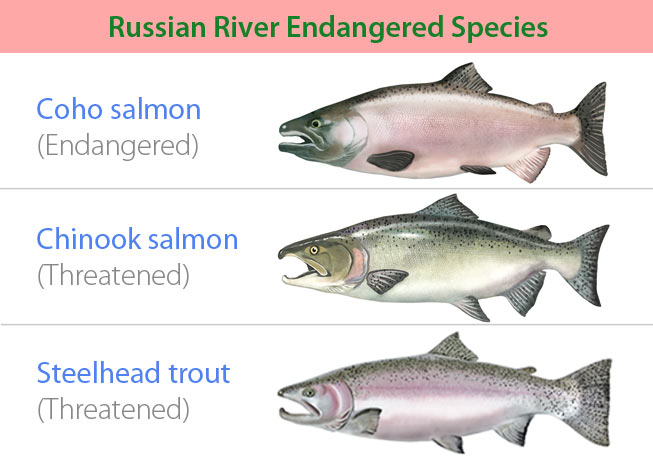
Case Study: How one development project, Sid Commons on the northern reach of the river, threatens to destroy Petaluma’s wetlands and endangered species.
- The Sid Commons development will require terracing, and 3+ feet of filling and paving materials covering over the wetlands to create a solid layer that will suffocate the natural, permeable landscape.
- This will dramatically impact the north reach of the Petaluma River and the protected habitats and wildlife that have been of great concern to organizations like the Audubon Society.
- Special Status Species including Steelhead trout and Chinook salmon among many others, are present in the project area. Both fish species are listed as threatened under State and Federally Endangered Species Act provisions.
- The Steelhead hatchery in this reach of the river (operated by Casa Grande High School United Anglers for nearly 20 years) will be destroyed by the Sid Commons project.
- The Sid Commons EIR acknowledges the presence of endangered fish yet fails to analyze impacts the development will have on these species.
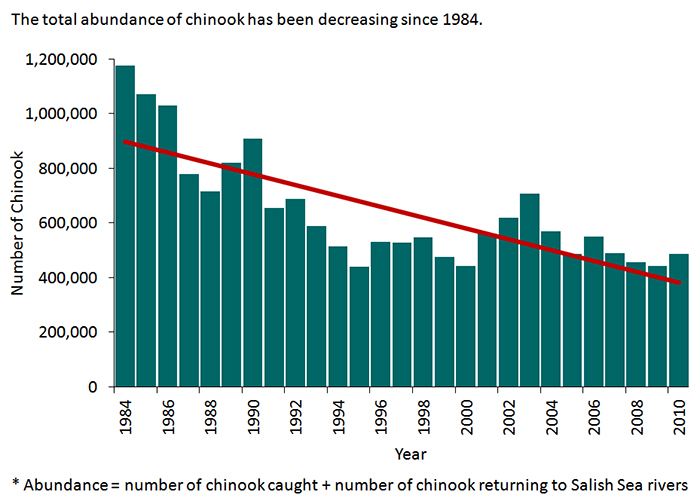
Climate Resilience Starts With Nature
- Nature-based solutions mitigate the effects of sea level rise
- Wetlands trap pollutants such as phosphorus and heavy metals in their soils
- They can store 50 times more carbon than rain forests
Wetlands are our best defense against the predicted sea level rise that threatens to flood Petaluma. We should protect them, not pave over them.
